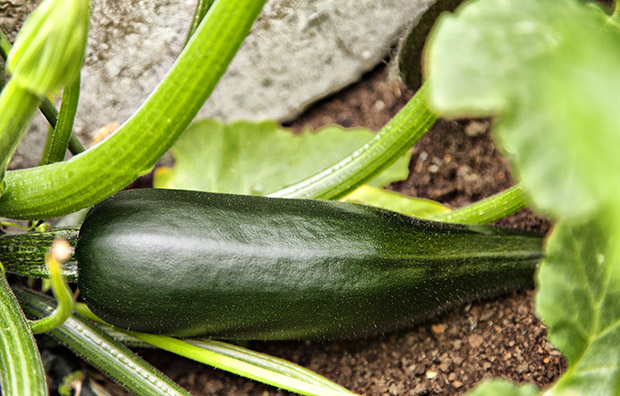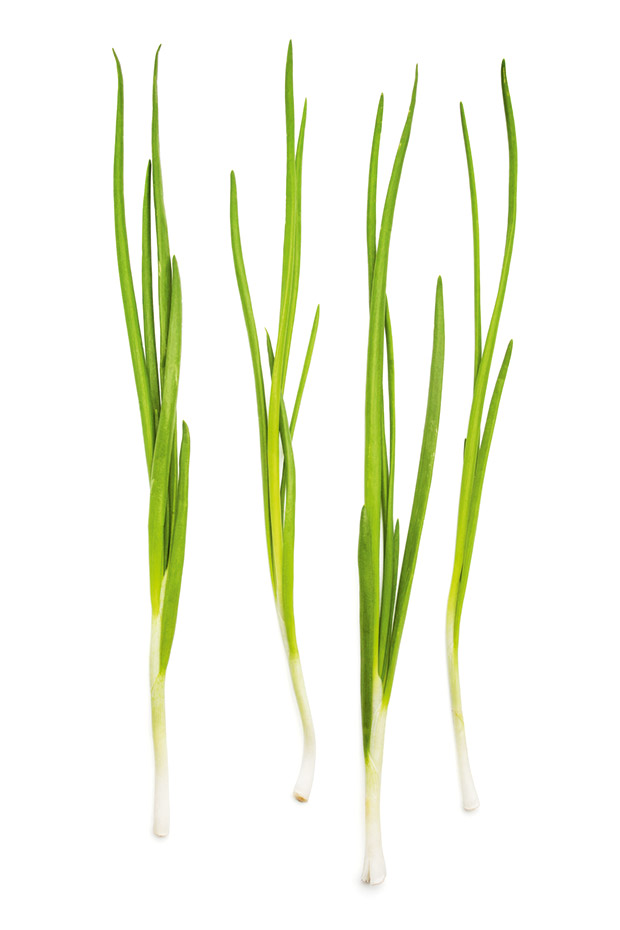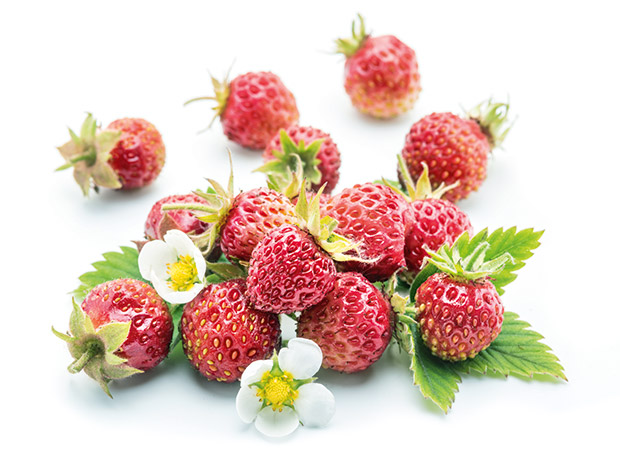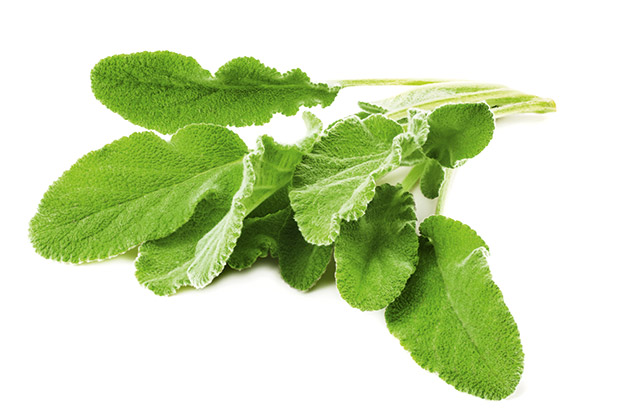What to sow, plant and keep an eye on in the garden this January

Keep a watchful eye on the garden as the summer heat ramps up.
Words: Jane Wrigglesworth
Watch out for aphids. They’ll be multiplying at an alarming rate in the warm weather. Squash and remove them with your fingers, or spray with pyrethrum. Alternatively, keep them away by covering susceptible plants with row covers. Suitable cloches and nets can be bought online or at garden retailers. NB: if any eggs remain after you cover your plants, the aphids will still hatch so keep an eye out.
In warmer areas, dwarf beans can still be sown for autumn harvest.
Courgettes can still be planted in most areas. To get them off to a good start, dig holes 30cm square and 45cm deep. Fill the hole one-third of the way with fresh manure or not-quite-composted compost. As it rots down, the manure will let off heat. Add a handful of blood and bone, then fill the remaining hole with soil. Sow a couple of seeds in the centre of each hole, or plant seedlings.
Sow spring onions, beetroot, and carrots every 2-3 weeks for a continuous supply of salad ingredients. Keep spring onions well watered or they’ll attract black aphids.

Cover ripening raspberries with nets to keep the birds away. When ripe, pick daily. Any rotting fruit left on the bush will attract pests and disease.
Radishes are a quick-growing crop that grow for most of the year. However, in excessive heat the edible root may become woody, or plants can bolt to seed before forming roots. Plant in a partially shady spot over summer and avoid feeding with a high nitrogen fertiliser or you’ll get lots of leafy tops and no bottoms. Sow directly.
Plant alpine or wild strawberries. They’re smaller and not as sweet as regular strawberries, but produce berries for much of the year, or at least until winter. These hardy, woodland plants like a partially shaded spot with moist conditions. Buy plants online from specialist nurseries.

Lettuce and rocket can be planted year-round, but in the heat of summer they go to seed quickly. If you’re in a warm climate, provide a little afternoon shade.
In warmer areas, capsicum seedlings can still be planted. In cooler areas, it’s possible to plant them, but you may need to move them to a heated greenhouse to ripen fruit.
Plant thyme and sage. Both these hardy perennials, once established, will survive the winter cold. However, sage doesn’t like humidity. In humid areas you may need to grow it as an annual. Neither herb likes wet feet.

Love this story? Subscribe now!
 This article first appeared in NZ Lifestyle Block Magazine.
This article first appeared in NZ Lifestyle Block Magazine.
